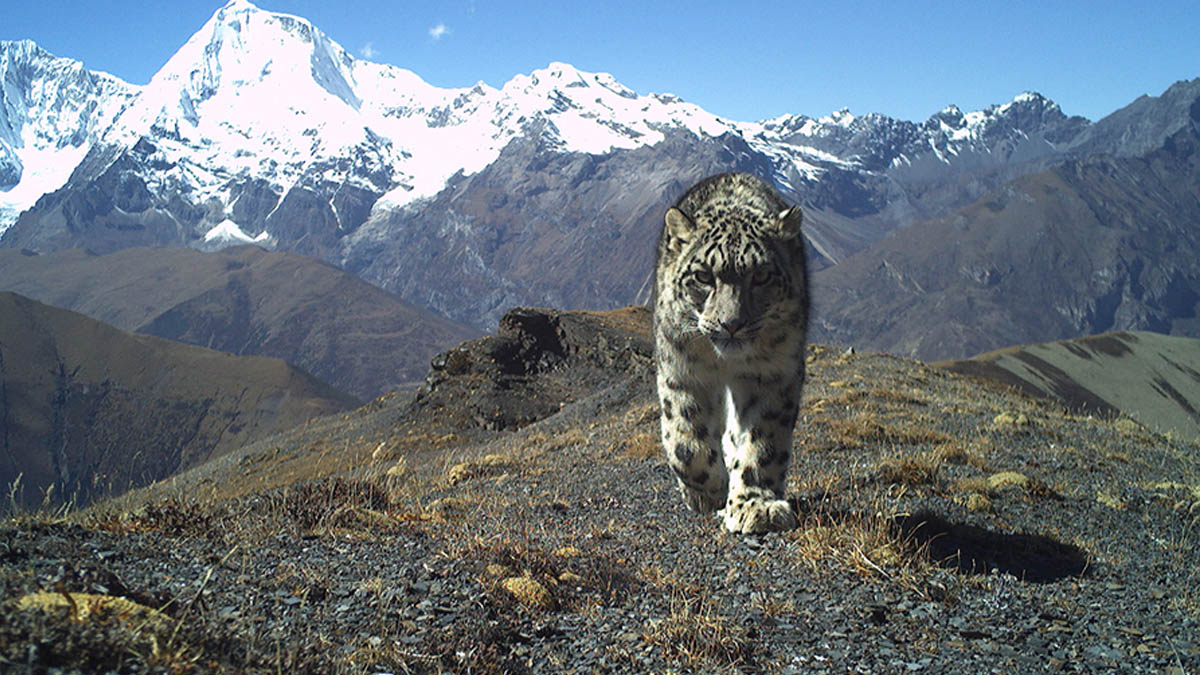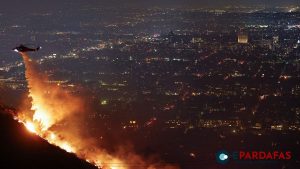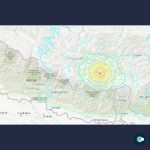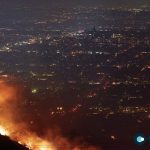
Snow Leopard Conservation Milestone in Bhutan

Bhutan has hit a milestone in snow leopard conversation with a nearly 40 per cent increase in the animal’s population in the country, The Bhutan Live reported.
The presence of 134 snow leopards has been confirmed in the country by the National Snow Leopard Survey 2022-2023.
This represents a nearly 40 per cent increase from the country’s first survey in 2016 when 96 snow leopards were recorded, as per The Bhutan Live.
The snow leopard is classified as vulnerable on the International Union for Conservation of Nature Red List.
Snow leopards face a global threat with as few as 4,000 remaining in the wild. Found in 12 countries across Asia’s high mountains, snow leopards are threatened by habitat degradation, prey depletion, conflict with humans, poaching and climate change.
The survey suggests that Bhutan’s efforts to conserve snow leopards are having a positive impact though the global population of snow leopards is declining.
Deputy chief forestry officer of the Department of Forests and Park Services, Letro, said: “I think we have a very strong conservation policy and we put a lot of conservation efforts. Moreover, we put a lot of community-based conservation initiatives which makes our community and the local people stewards of the snow leopards. National Conservation Policy is contributing towards the increasing population of the snow leopards.”
The survey represents an important addition to the knowledge of snow leopards, a species that is difficult to study as knowing their exact population remains challenging. This, the Department of Forests and Park Services say is due to the harsh mountainous terrain where they dwell.
Despite the challenge, Bhutan with funding support from the Bhutan For Life Project and WWF Bhutan conducted its second national snow leopard survey last year to show a robust population of this species.
The survey was completed by over 70 rangers from the Snow Leopard Range offices. The survey covered more than 9,000 km sq of snow leopard habitat across the northern alpine landscape of the country with 310 camera trap stations, according to The Bhutan Live. (ANI)












Comments